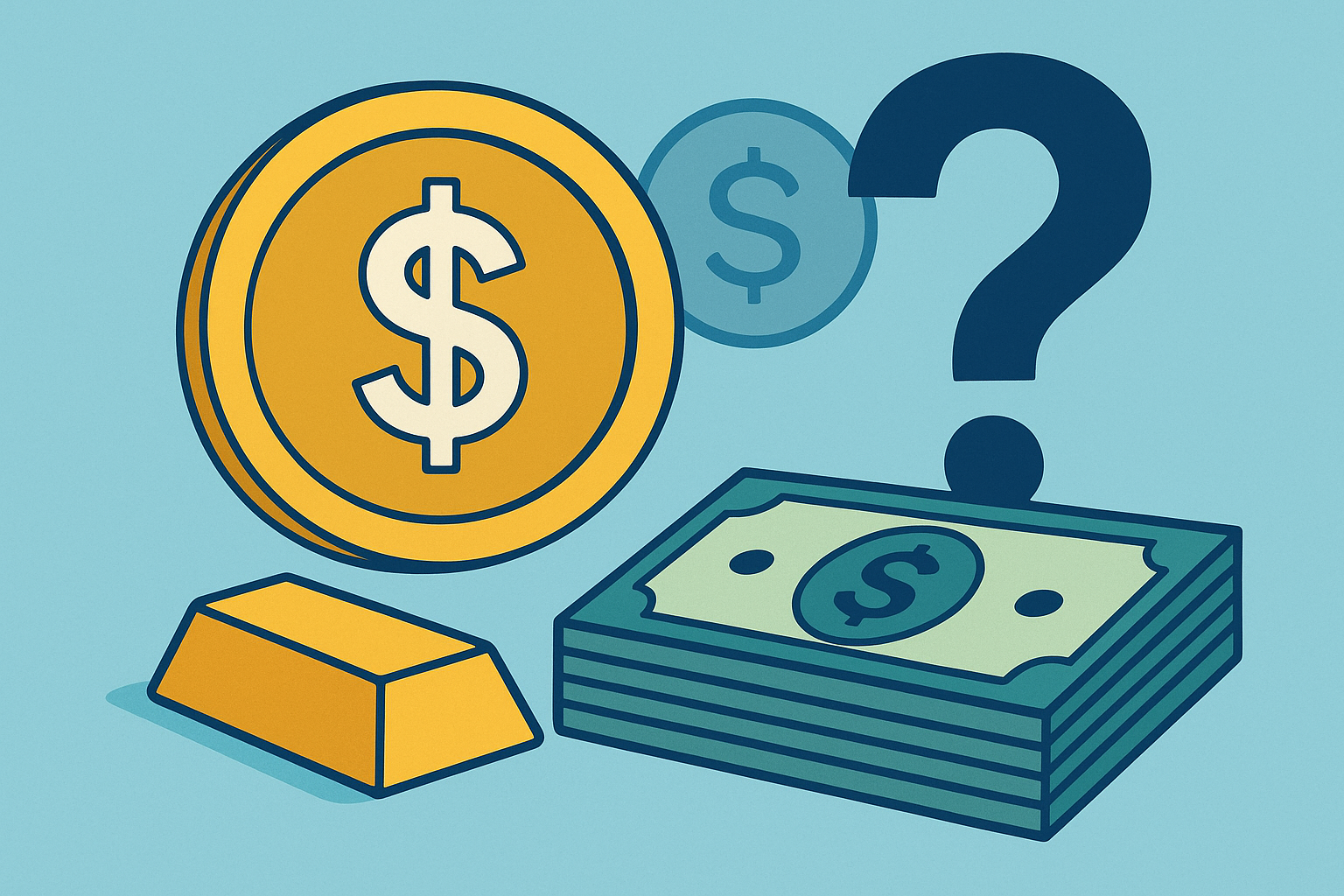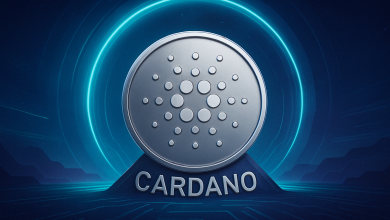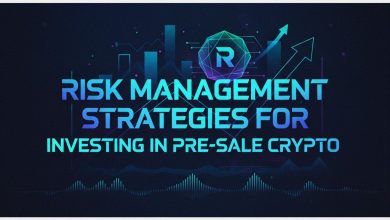Is There Really Money Behind Stablecoins? Understanding the 1:1 Reserve Rule


bridge the gap between traditional finance and the decentralized digital economy, offering a quick, low-cost, and less volatile means of platform. These cryptocurrencies aim to maintain a stable value, typically pegged to a fiat currency such as the US dollar, often with a 1:1 reserve ratio.
Their stability makes them crucial for crypto trading, lending, and cross-border payments. But here’s the question that keeps regulators up at night: when you hold a stablecoin worth $1, is there actually a real dollar backing it?
Key Takeaways
- The 1:1 reserve rule states that for every stablecoin issued, an equivalent value of US dollars or high-quality, liquid assets is held by the issuer.
- The actual reserves are often a mix of assets—including cash, T-bills, and money market funds.
- Transparency and regulation are critical, with attestations and new laws such as the GENIUS Act that enforce strict reserve standards and public reporting.
The 1:1 Reserve Rule
Most stablecoins, including USD Coin (USDC) and Tether (USDT), are pegged to the U.S. dollar because it serves as the world’s reserve currency; however, others are pegged to euros, yen, or Swiss francs.
Every digital coin issued is expected to be backed by $1 worth of real-world assets. This “1:1 reserve rule” is what, in theory, allows holders to redeem their tokens for cash at any time. However, not all stablecoins honor this promise equally.
The Issuance and Redemption Cycle
The stability mechanism works through arbitrage, driven by the guarantee of redemption.
- Issuance: A user sends $1 to the stablecoin issuer’s bank account. The issuer’s smart contract then mints one new stablecoin token and sends it to the user. The $1 is held in reserve.
- Redemption: Here, the user returns one stablecoin to the issuer’s smart contract to burn the token. Subsequently, the issuer sends $1 back to the user’s bank account from the reserves.
If the stablecoin’s market price temporarily drops (say, to $0.98), traders can purchase the cheap tokens and redeem them with the issuer for a guaranteed $1, earning a quick profit. This purchaseing pressure pulls the price back up to $1. Conversely, if the price rises above $1, the issuer can mint new tokens and trade them for a small profit, increasing supply and pushing the price back down. This continuous reliance on the issuer’s promise of 1:1 redemption keeps the coin’s price stable.
What Goes Into Reserve Assets?
For many of the largest stablecoins, the reserve portfolios are a mix of:
- Cash and bank deposits: Actual currency in US dollars held in traditional bank accounts
- US Treasury securities: Government bonds, particularly short-term Treasury bills (T-bills)
- Commercial paper: Short-term, unsecured debt issued by corporations, which carries more risk than T-bills.
- Money market funds: Investment vehicles that hold highly liquid, low-risk assets
- Repurchase agreements (repos): Short-term borrowing arrangements backed by Treasuries
- Commercial paper: Short-term corporate debt (though increasingly phased out due to risk concerns)
- Other assets: Some issuers hold corporate bonds, precious metals, or even cryptocurrencies.
The quality and liquidity of these reserve assets are of great importance. If the issuer’s reserves hold riskier, less liquid assets that cannot be easily sold for cash, this could threaten the coin’s peg if a large number of users tried to redeem their stablecoins all at once.
Transparency and Regulatory Requirements
A crucial question every user tries to answer remains: Can I trust the issuer’s claim that the 1:1 reserve is maintained?
Independent Attestations and Audits
To establish trust, many major stablecoin issuers hire independent accounting firms to conduct:
- Attestation reports: Snapshots of the issuer’s reserves and outstanding tokens for a specified period (monthly or quarterly). They confirm whether the reserves held at that moment meet or exceed the number of stablecoins in circulation.
- Full audits: Comprehensive reviews of the internal controls and financial statements over a period.
While these steps increase transparency, they have usually been criticized for not being continuous (reserves could shift between reporting dates) and for the varying quality of the assets being disclosed.
Evolving Regulations
later than years of operating in a gray area, stablecoins are finally facing serious regulatory oversight worldwide. Countries, including the U.S., Canada, Singapore, and the European Union, are moving to impose strict rules on stablecoin issuers.
For instance, the United States passed the in July 2025, which aims to mandate:
- Strict 1:1 reserve backing: Reserves are expected to comprise highly secure liquid assets (cash, bank deposits, and short-term Treasuries).
- Segregated accounts: Assets should be held in segregated accounts. This prevents assets from being used for the issuer’s operational purposes and protects them in the event of the issuer’s bankruptcy.
- Mandatory disclosures: Regular, independent, and public attestation or audit reports verifying the reserves are required to maintain consumer confidence.
These frameworks are designed to foster transparency and mitigate the .
Role of Stablecoins in the Financial System
In recent times, stablecoins have increasingly been used for cross-border transactions. They are playing a crucial role in the rising demand for short-dated U.S. debt with significant implications for U.S. fiscal stability and global economic dynamics.
, assuming favorable legislation and increased adoption for payments. As integration into mainstream finance continues, major financial institutions such as PayPal, Bank of America, and Stripe have launched stablecoins or announced plans to enter the growing market.
Bottom Line
The short answer is yes, there is money behind stablecoins. However, the quality and accessibility of those reserves vary dramatically between issuers. The 1:1 reserve rule is more of a principle than a guarantee without proper regulation and transparency.
Well-managed stablecoins, including USDC, maintain full backing with highly liquid assets and regular attestations, offering genuine stability. Others, despite their size and popularity, hold concerning portions of reserves in riskier or less transparent assets.
The new wave of regulations represents a critical turning point, establishing clearer standards for reserve requirements, disclosure, and redemption rights. Users should prioritize stablecoins that offer transparent, frequent, and independently audited attestations of their reserve holdings.







